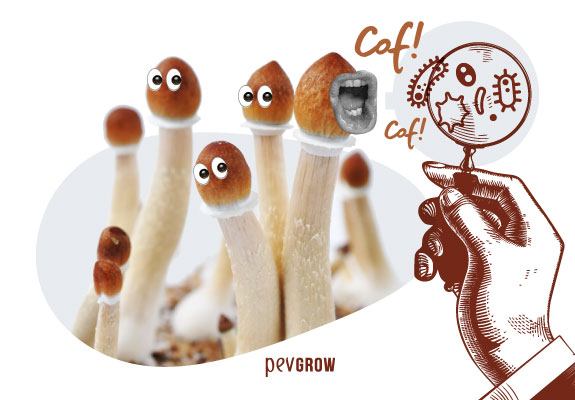

24-01-2020 09:00:03 - Updated: 24 January, 2020
Home growing of magic mushrooms is a simple activity if you take into account some factors, especially hygiene and safety. When a mushroom bread becomes contaminated we lose time, money and sometimes even our illusion about producing our own entheogens.
To learn how to identify contamination during the cultivation of hallucinogenic mushrooms, it’s important to know the stadiums it goes through, as there are critical phases in which it’s easier to contract infections. In this article we will see the most common ones, and how to avoid their visit to our crops. Are you interested? Well, let’s not waste any more time.
📖 Why are magic mushroom crops contaminated?
There are several reasons why they can be contaminated, the most important being that we grow them artificially. This means that in nature there is a balance between bacteria, fungi and other organisms and microorganisms, but to produce magic mushrooms indoors it is necessary to prepare the environment, which causes biological imbalance and possible infections.
When we sterilize a substrate we leave it clean of contaminants, but the absence of other agents means that the first to enter the environment will flourish without competition, something that does not happen in nature thanks to the balance between species.
Contamination can come through the air, water, tools used, our clothes, etc. Any external agent entering the culture medium can be a threat, so an adequate disinfection and sterilization is critical. Hygiene and care when handling mushroom bread is crucial, as well as keeping it away from pets and other contaminating vectors.
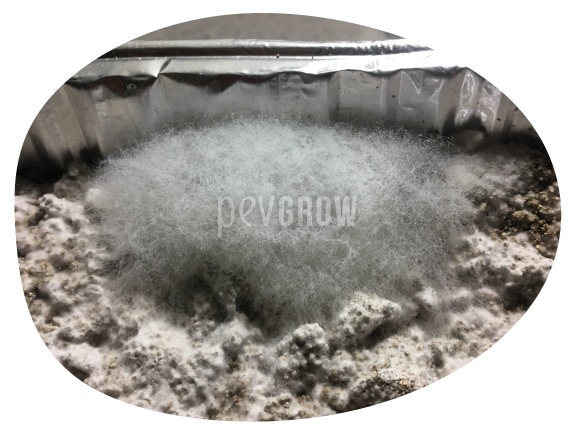
📲 What to do when a hallucinogenic mushroom crop is contaminated?
The first thing is to get rid of it, firstly because it will no longer produce anything profitable and secondly because it can contaminate other crops. Mushroom kits for sale in Pevgrow are perfectly sterilized, so it is difficult for them to become contaminated, but if they do, the best thing to do is to put them in a garbage bag and throw them away.
If you have several tuppers or culture vessels in the same space infection can go from one to the other. If you have doubts that one of them may be contaminated, the best thing to do is to remove it carefully as soon as possible, so that it does not spread to others. If you are not sure about a possible contamination in the culture medium of the magic mushrooms, you can send us a picture, we will try to help you as soon as possible.
✅ Which are the most common contaminants in magic mushroom crops?
The most frequent contaminating agents can be divided into 3 groups: fungi, bacteria and insects, being fungi the most frequent ones.
Mushrooms spread by forming nets of hyphae, a kind of small threads, and represent the highest percentage of contamination during indoor mushroom cultivation. This is normal, because mushrooms are fungi, and when we prepare their ideal growing medium, we are basically facilitating the appearance of these beings.
Bacteria, on the other hand, can be largely avoided by good sterilization of the substrate, so they do not usually contaminate the hallucinogenic fungi crop if you are careful.
Insect pests, like bacteria, with proper sterilization and hygiene can be prevented to a great extent.
Mushroom cultivation kits come sterilized and prepared, so there should be no problems due to contamination. But by growing several crops (Flush) it is possible to have them, so it is important to be aware and prepared.
🎯 Most common contaminations of magic mushroom breads
Green mould (fungus) is the most common infection, the mushroom bread turns green and a white foam usually appears on top. When this happens it is usually due to a Trichoderma Harzianum infection, although the symptoms are very similar to those of Aspergillus and Penicillium. At first a mycelium-like mould emerges, but when it releases the spores it turns green and spreads really fast throughout the substrate. It is so difficult to eliminate that it is not worth fighting against it, so we recommend that as soon as you see any green area, remove that tupper from the crop, as it is easy to spread with the help of its spores. Poor hygiene, flies or poor sterilization can cause these contaminants to appear during the colonization or production of magic mushrooms.
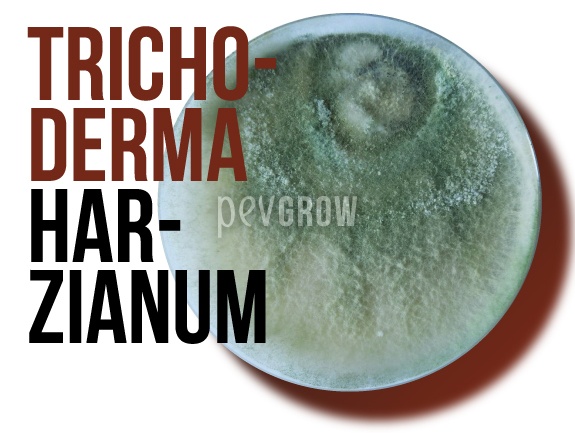
Cobweb is another fungus that often destroys crops, firstly because it is not easy to identify if you are not experienced, but also because of how quickly it spreads. It is similar to mycelium, although greyer in colour, hence the difficulty in appreciating it by new users in the production of mushrooms for self-consumption. It forms thinner filaments than the mycelium and can spread throughout the substrate in one or two days. It usually appears in crops with excessively high relative humidity, but can also develop due to poor ventilation.
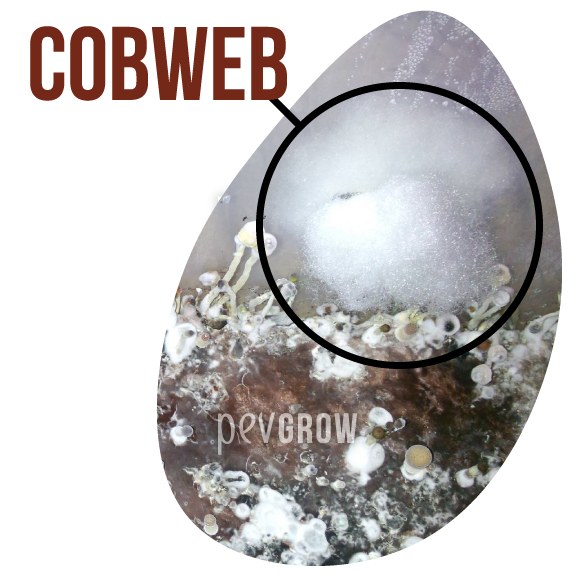
Overlay is a fungal strain that looks like mycelium, but has a more cottony texture. It usually comes out because of high temperature and too low humidity and, if you don’t stop it, it will colonize the whole substrate. To stop its development is as easy as disinfecting a sharp knife and removing the affected area. Then, the remaining part should be sprayed with a solution of water + oxygenated water.
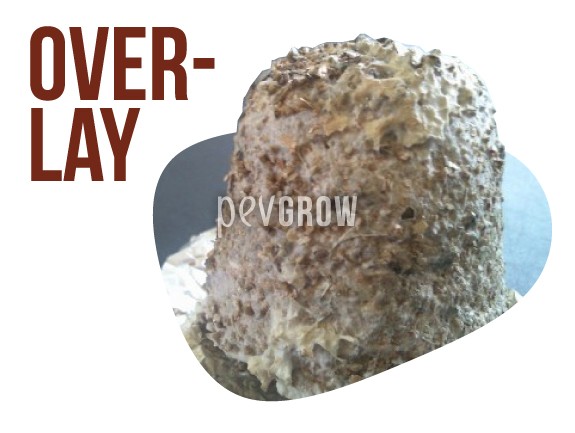
👾 Other contaminations in psychoactive mushroom crops
When we prepare the substrate ourselves to grow magic mushrooms good sterilization is necessary. Even when we do it correctly we can have problems with infections, we already have seen that sometimes the contamination comes to the crop by some external agent, so it’s important to know well our enemy.
Bacillus are bacteria that usually appear in seed containers, this is because their endospores can survive high temperatures. It appears as grey slime, which moistens the substrate and is characterized by a strong rotten smell. To prevent its appearance it is necessary to immerse the substrate for 12 or 24 hours at room temperature, before sterilization. This way the endospores will germinate and die during sterilization.
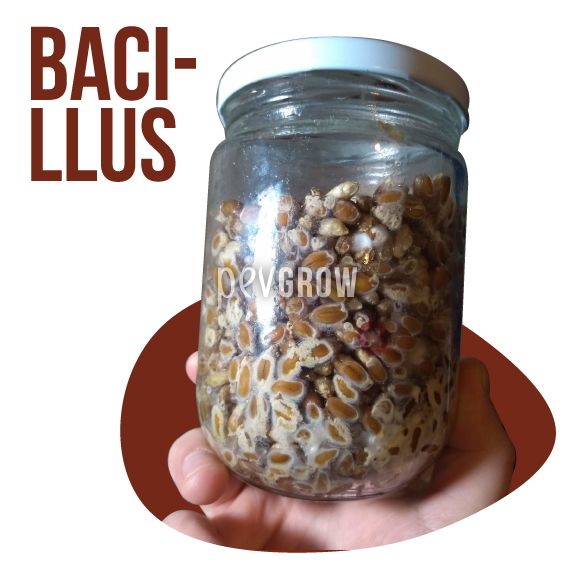
Pseudomonas Tolaasii appears as a yellow spot on or under the cap of the mushroom, hence it is also known as “Bacterial Spot“. They usually come out due to excess humidity or poor ventilation after watering. To eliminate this magic fungus contaminant, it is best to prepare a solution of Calcium Hypochlorite (Chlorine) and lower the humidity, since if you apply it and high humidity continues, bacteria will reproduce faster than the chlorine will do.
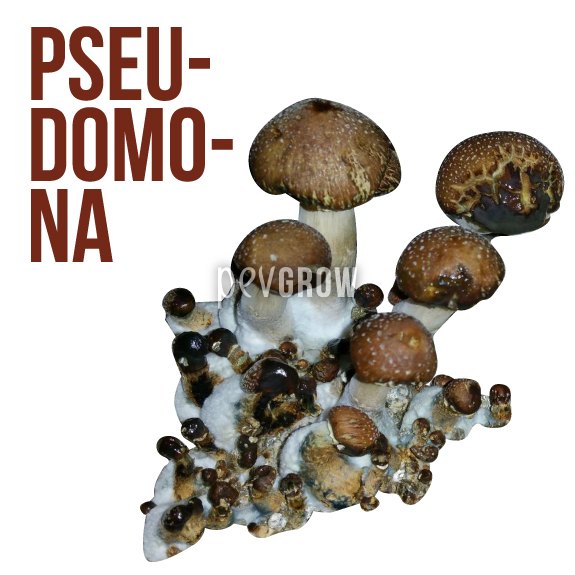
Pink mould is a fungus, also known as Neurospora, and usually appears on grain substrates or agar-type polymers. It’s able to extend from one container to another even when closed, and its growth is very fast, so with the first symptom it is recommended to remove the contaminated glass or tupper. It is a lethal fungus and very difficult to remove, and if you are unlucky enough to suffer from it, we recommend disinfecting every single tool, container, fructifier, etc. before using them again.
Aspergillus is a very common kind of fungus in magic mushroom crops, as it usually appears on substrates of grain, compost, agar, etc. It can be black, gray, blue, yellow or green, and the latter can be easily confused with Penicillium. Some species of Aspergillus produce a hepatocellular toxin that can be fatal, so it is recommended to handle contaminations properly.
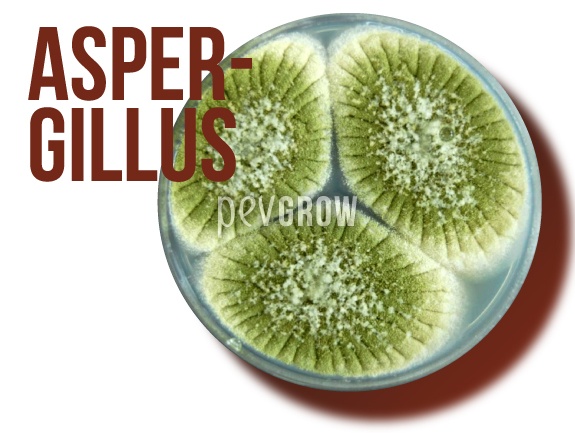
Penicillium is another type of fungus that can appear during colonization or fruiting of magic mushrooms. It is easy to detect because it produces a green/blue mould, although it can be confused with Aspergillus. Its spores are constantly in the air, so it is a real problem for mycologists and amateurs in the cultivation of homemade mushrooms.
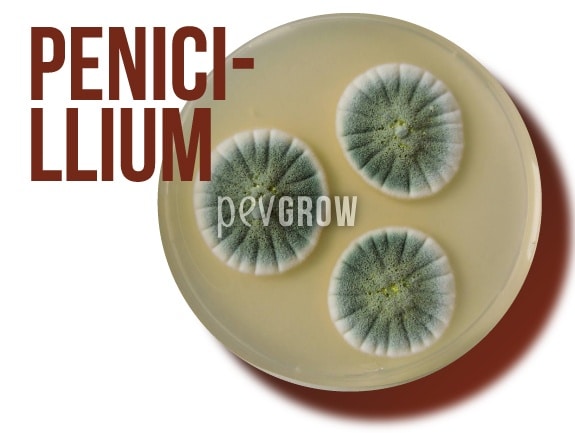
Verticillium is also a fungus that can attack at different stages of cultivation and, depending on the time, its consequences can be seen in one way or another. If the infection comes during primordia formation, they can be very affected, with serious incurable malformations. If it comes at a more advanced stage, it may result in circular spots on the mushrooms, which are grey or brown, and deformations such as a wider base or a crooked hat.
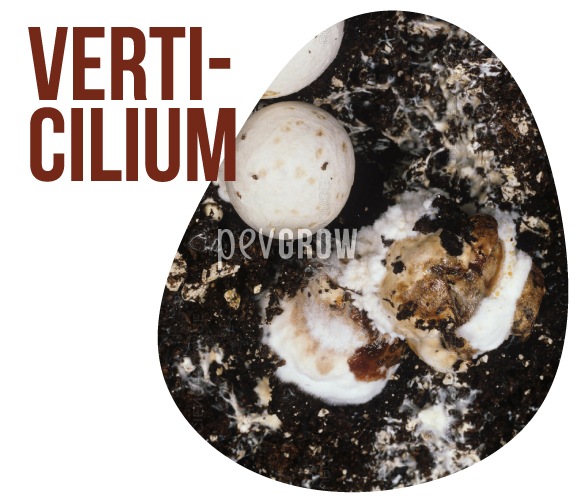
Mites are insects that tend to be naturally present in compost, straw or other substrates for mushroom cultivation. Many are beneficial and do not cause any harm to our psilocybes, but there are others that can be fatal. Tarsonemid is a microscopic brown mite and feeds on hyphae, causing reddish spots at the base of the mushrooms. Mites of Tyrophagus family feed on organic waste, they are translucent in colour and cause damage to mushroom stems and caps. Pygmephorous often warns of the presence of Trichoderma, as this mite feeds on mold and can help spread an infection. They have a flattened appearance and reproduce very quickly.
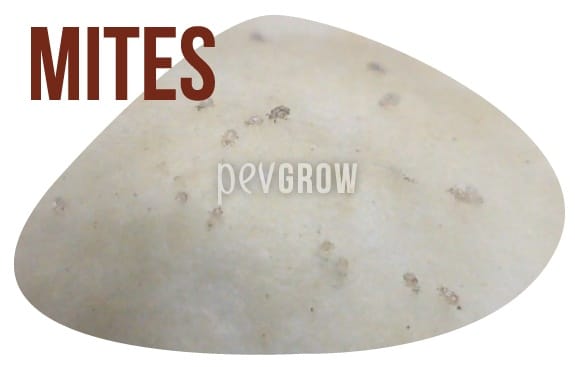
Mushroom flies that can create contamination during the cultivation of hallucinogenic mushrooms are 3: Sciaridae, Lycoriella and Megaselia. They are small insects that usually do not exceed 0.3 cm and are dark in colour. Their larvae are lighter in colour and half the size of the adult, they feed on mycelium and can transmit diseases such as Cobweb, Mycogone or Verticillium.
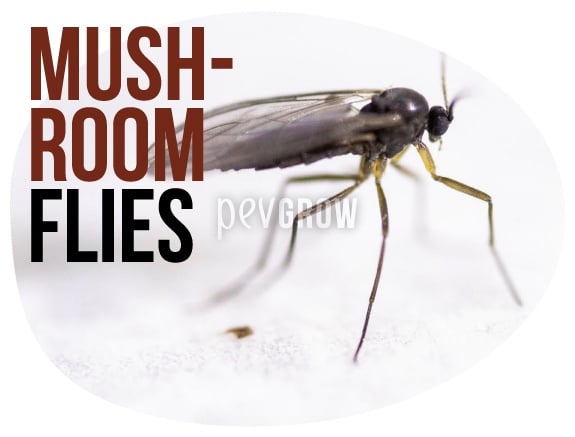
Nematodes can also cause contamination problems during fungal formation, and are present in most agricultural substrates. They attack the mycelium, turning it dark and causing the fungi to malform, or directly inhibiting their growth, so they can be extremely annoying.
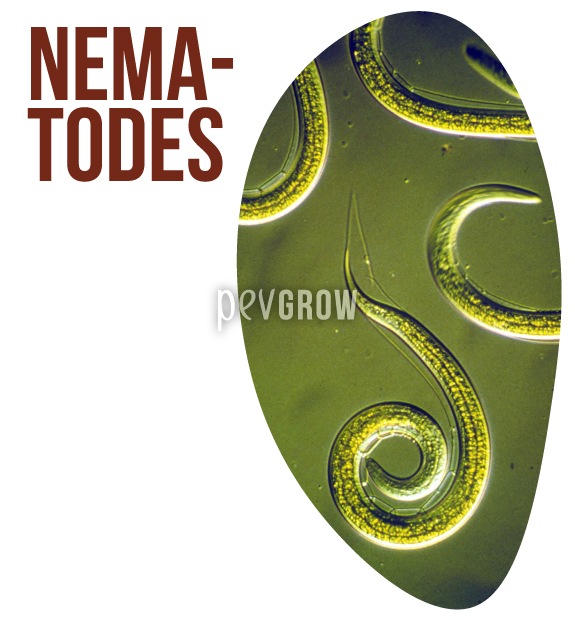
– How to grow a cannabis bonsai tree
– Parts of a Cannabis Bud
– The apical pruning
– Growing marijuana with the SCROG method
🧐 Conclusion
Contamination always comes from poor disinfection or sterilization of the culture medium and tools. We may also suffer from it through poor handling, or we may even be the ones acting as a vector to transmit infection. At Pevgrow we always recommend extreme cleanliness when handling the mushroom growing kit, and if you have any questions we are here to help.
If you liked this article we would appreciate it if you share it in your social networks, sometimes we help other users simply by sharing the information.

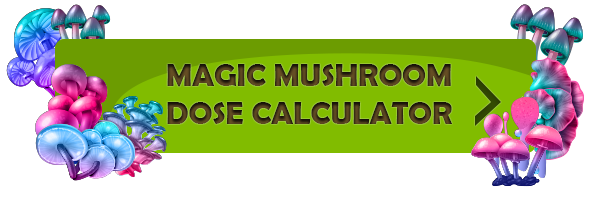
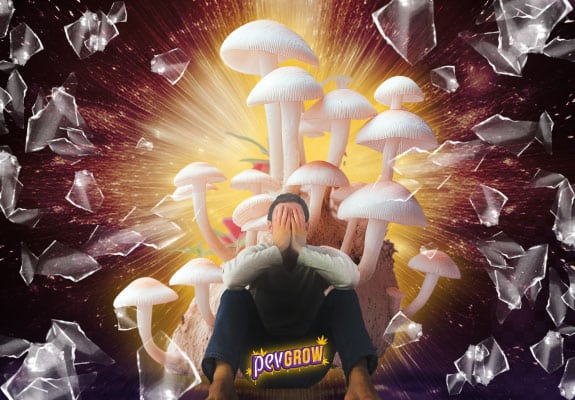
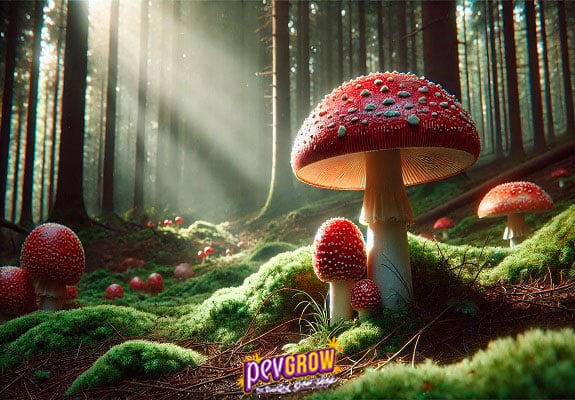
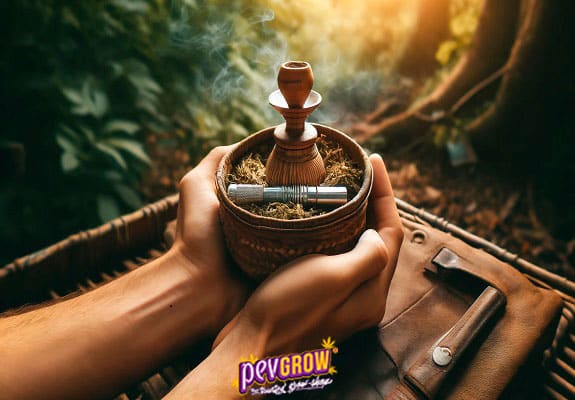

My crop is around 1 inch tall and I noticed that and some of the mushrooms that are just starting to pin our green. The green mold is sporadic but it does seem to be growing a little more each day. My question is, are my mushrooms that are 1 inch tall still good?
Hello Christina,
It would be ideal if you send us photos of your crop.
Then we will give you a good answer.
You can pass the picture through our discord group:
https://discord.gg/ehN2dKGD3p
Reegards
Hi,
This may be a silly question but I cant seem to find the answer. I am micro dosing shrooms and want to know what would happen if I ate some from a batch of contaminated shrooms? Are they poisoners? Do they still have the anti-depression effects? Do they just make you sick?
Any advice would be helpful.
Thx.
Hello,
Contaminated mushrooms can be harmful to health, after all it is like eating any contaminated food product.
Personally I would not eat it.
Greetings
I have 8 – 5 grain bags injected with spores and 2 with LC … Only 2 came out looking normal …. Wondering what kind of issue or mold the other 6 have if I send you a pic of them …
Thank you
Tim
Hello,
You can send a picture of them to our discord channel, here you have the link:
https://discord.gg/5RsZMmx8Ft
Regards
I was wondering is there a way to tell if there is contamination under a microscope? I had purchased some spores and 9 out of 10 syringes had some sort of contamination.
Hello AI,
It is possible to detect contamination from a microscope, but you must have prior knowledge.
We recommend that you let them grow, and see what inconveniences they can have.
Regards.
My grain spawn was a mix of predominantly brown rice with a little rye berry. At one point, it appeared that some of the grain was turning pink in one of the jars so I segregated that jar. The pink has since disappeared and the white mycelium has proliferated. Could this have been a false alarm?
Hello David,
It seems to be a false alarm and that the crop is developing correctly.
Regards
I love how the “cobweb” contamination is literally the poly-fill in the side of the mono-tub! great article!
Brother, I have this bright white growth on multiple tubs…is it mycelium or contamination. Looks like cake frosting on growing mycelium…
Hello Randy,
If you can, we would like you to send us a photo to this email:
customer@pevgrow.com
Regards.
Hi, is there any way to avoid contamination with any technique besides cleaning (i’m already the cleaning maniac, but still fight against recurrent contamination.) The contamination is nothing visible, But is noticeable because the cubensis simply doesn’t grow, it aborts the whole bread and as soon as i notice that it just stopped growing i remove it and discard it. I know that growing it in boxes can isolate contamination, but i’m thinking about something i could put on the walls or ground. If a have a small room as a grow room i could put something on the walls to avoid contamination from getting in or trespassing turning the whole room into a box or so. Is there any technique or material i could explore? Thanks in advance
Hello Eric,
You can use medical Micropore tape, It is sell in chemist,
That will let in some air exchange, but filter any air contaminants.
Regards.
Hi, i have a question about a possible contamination. Your article said I can send pics and you will can try to help me identify the issue but I can seem to find a contact form on your website 🙂
Hello Dawn,
You can send any photo to this email:
customer@pevgrow.com
Regards.
Where can I send a picture to see if it’s contaminated.?
Hi Maggie,
You can send us the photos and all kinds of queries to the customer service email:
customer@pevgrow.com
Thanks!
is there any way to save it if it has cobweb mold on it??
Hi Erin,
You just need to spray with 3% hydrogen peroxide,
and It will dissolve in an instant.
Regards.
Is there someone I can email some photos to do they can see if my mushrooms are contaminated? Thank you
Hi Ben!
You can send your photos or any questions to the customer service email:
customer@pevgrow.com
Thanks
Hi guys ive got one b+ shroom growing not sure what’s going on thanks
Hello Shane,
If you have doubts, it is best to get in touch with this email:
customer@pevgrow.com
Regards.
I would like to take you up on your offer to look at a photo of one of my jars. I think that it is contaminated but it doesn’t fit any description of contaminations I find online. could you send me an email to that I could send a photo? Thank you, Michael
Hi Michael!
You can send your photos or any questions to the customer service email:
customer@pevgrow.com
Thanks
The area circled in the “cobweb mold” picture is actually poly-fill. There is a hole drilled in the the plastic tupper and filled with poly-fill to aid filtration of exchanged air during the fruiting process.
I have recently had an issue with cobweb mold and can submit a pic if needed.
Thank you for the information Joshua.